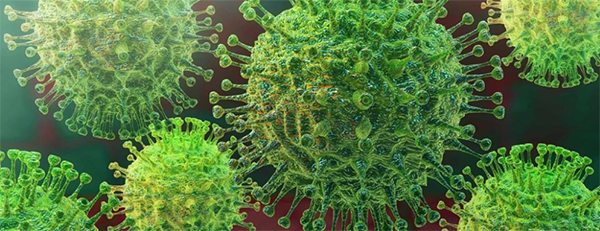||| FROM STATE DEPARTMENT OF HEALTH |||
OLYMPIA – Today the Washington State Department of Health (DOH) released the latest COVID-19 modeling and surveillance situation report. There are some signs in the most recent data that cases may be starting to flatten, but disease activity remains high – meaning vaccination efforts and behavior like wearing masks, keeping physical distance and gathering outdoors are still critical.
Report findings include:
- Statewide case counts showed some flattening starting in late April, but it’s still too early to tell whether this will continue. Case counts have remained high following increases in late March and most of April. As of April 22, case trends varied more from county to county than in previous weeks. Many counties were continuing to see increases at that time, but quite a few were experiencing flattening trends.
- The report estimates the vast majority of cases in the state are now associated with variants of concern. As of May 6, the report estimates over 80% of all cases in the state were likely due to the B.1.1.7 variant and about 10% were due to the P.1 variant.
- Immunity is playing a bigger role in slowing the spread of the virus as vaccination increases, but transmission was still on the rise as of mid-April. To better understand what’s driving transmission, the report includes two estimates of the reproductive number (Re), which tell us how many new people each COVID-19 case will infect. The behavior- and variant-based Re reflects only the impact of people’s actions and variants that spread more easily, with a best estimate of 2.08 on April 16. The total Re includes these factors as well as the effects of immunity, with a best estimate of 1.46. While the gap between these two estimates is widening over time, immunity is not yet high enough to control the virus on its own unless we continue taking actions to reduce transmission, like wearing masks. To reduce case and hospital admission rates, the total Re needs to stay well below one for a substantial amount of time.
- On April 16, the best model-based estimate of overall population immunity was 31.9%. Estimated immunity from vaccination (about 19.3% of the population) is clearly higher than immunity from previous infection (about 12.6%). These estimates include the time it takes to develop immunity after completing vaccination.
- The estimated percentage of the population with active COVID-19 infections almost doubled between April 2 and April 16, reaching a level only slightly lower than peak estimates in November 2020. This percentage is known as overall prevalence, and the estimate includes identified cases as well as people who have COVID-19 but don’t have symptoms and may not have been tested. High prevalence means a lot of people may need health care or could be passing the virus to others.
- As of April 22, case and hospital admission rates were increasing across all ages except people 70 and older, who are also the most likely to have been vaccinated. People ages 20-29 had the highest case rates and sharpest increases in case rates. Cases were also increasing sharply among people ages 10-19 and 30-59.
- While overall hospital admissions continued to increase through April 22, vaccination is helping keep admission rates in check. The increase in admissions has been driven by hospitalizations in people who are not vaccinated. Among those 65 and older, the hospital admission rate for unvaccinated people is about 9.7 times higher than for people who are fully vaccinated.
“We are cautiously optimistic about a possible plateau in the most recent data, but we are still in a fourth wave and seeing a number of concerning signs. DOH will continue monitoring these trends closely,” said Acting State Health Officer Scott Lindquist, MD, MPH. “No matter what, we all need to keep taking precautions like wearing masks and gathering outside. If you haven’t been vaccinated, now is the time to protect yourself, your loved ones and your community. We can all help by talking to people we know about vaccination. Every vaccine makes a difference.”
DOH partners with the Institute for Disease Modeling, Fred Hutchinson Cancer Research Center, University of Washington and the Microsoft AI for Health program to develop these reports every other week. More COVID-19 data can be found on the DOH data dashboard.
The DOH website is your source for a healthy dose of information.
**If you are reading theOrcasonian for free, thank your fellow islanders. If you would like to support theOrcasonian CLICK HERE to set your modestly-priced, voluntary subscription. Otherwise, no worries; we’re happy to share with you.**








